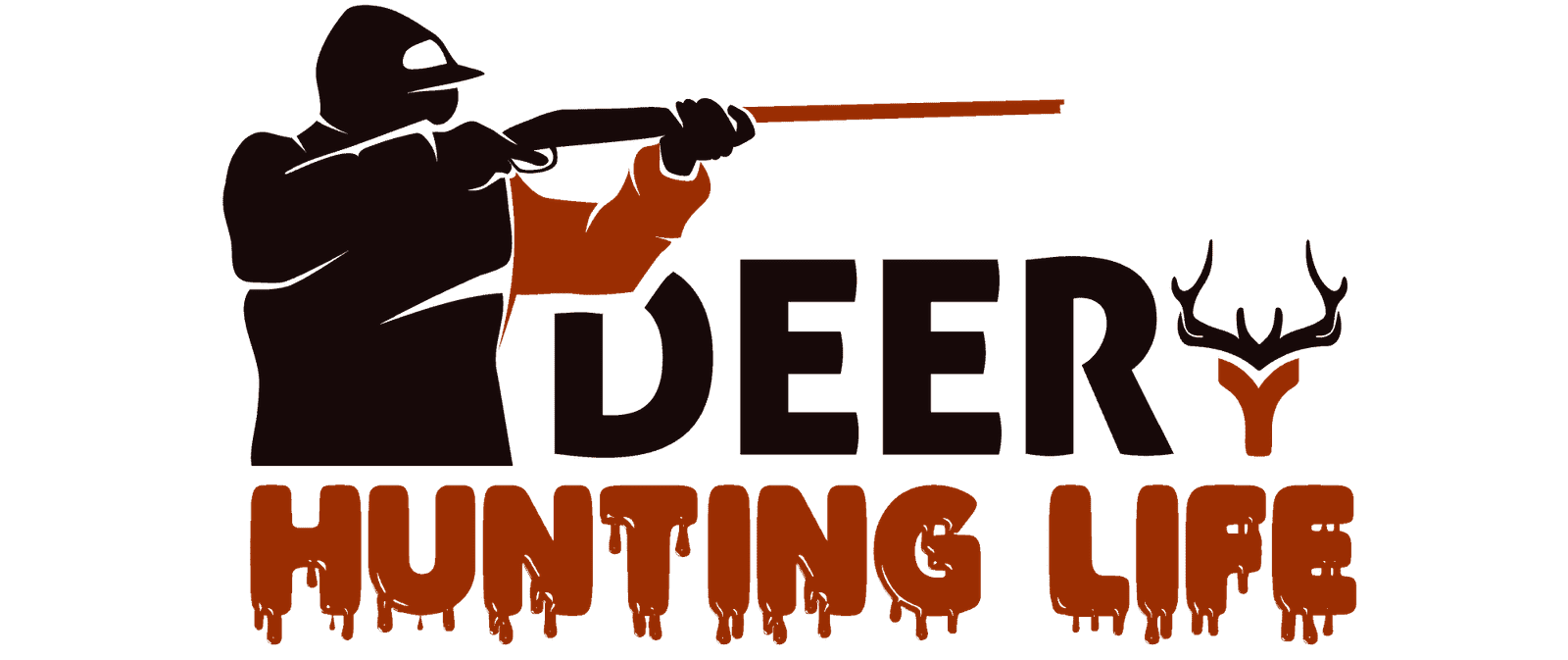Have you encountered a buck fawn that is continuously running in circles? The deer walks favoring the left side and with a somewhat lowered head. Deer is sluggish yet but will walk around daily. Jaw is rather crooked and there are no obvious wounds or tangles. Do you wonder why is this happening and what can you do about it?
Why do deer run in circles? Deer run in circles because of the Chronic wasting disease (CWD). CWD is a type of transmissible spongiform encephalopathy (brain disease) that is comparable to scrapie in sheep and mad cow disease in cattle. Members of the Cervidae family, which also includes mule deer, white-tailed deer, elk, and moose, are afflicted by CWD.

Why do deer run in circles?
Deer run in circles because of the CWD, which is a brain disease. If someone notices a deer with CWD-like signs, such as circling, drooling, staggering, emaciation, or a lack of fear of people, they should keep the DNR informed.
Members of the Cervidae family, which also includes mule deer, white-tailed deer, elk, and moose, are afflicted by CWD.
Although it may freely move between these species, a natural species barrier has prevented it from ever being discovered to have an impact on people or domesticated animals. A lot of people are reluctant to eat venison in places where the disease is well-established.
However, CWD is not always the case for deer running in circles.
When looking for adult bucks during the rut, I base my hunting strategy on two principles that I firmly believe in. When seeking for does, bucks will wander in loops or circles, and they only do this when it is daylight.
Bucks will frequently travel in mile-long circuits at night using the same trails or saddles. They may need several days, but they will eventually return to the same location.
In one region where I hunt, two distinct groups of them circle around. One would start off from the north-west and travel south before turning around and traveling east before returning north.
One will leave the north-east, proceed west, then back to the north before meeting the other in the middle of the field.
A few miles down the road is a smaller farm where I hunt, and it is a direct shot to food in the evening and a direct shot to cover in the morning.
Both locations are quite predictable in terms of their appearance and location. Although I’ve just been researching rut patterns for a year or so, each has been different.
What causes deer to walk in circles?
In infected animals, CWD starts with a single abnormal protein called a prion, which causes lesions or holes in the animal’s brain, making the cerebellum and cortex resemble a sponge. The lesions cause tremors, chronic weight loss, and confused behavior, such as walking in circles or stumbling.
Do Bucks travel in a circle?
The scientists found that in early fall (and again later in the post-rut), bucks stick to relatively small core areas and have complex, localized mazes of movement, which are the result of many short-distance trips during which the deer frequently circle, backtrack and change directions as they move from feed to bed.
How can you tell if a deer has wasting disease?
Wasting disease symptoms include: drastic weight loss, stumbling, lack of coordination, drooling, excessive thirst or urination, drooping ears and lack of fear of people.
Can humans get wasting disease from deer?
To date, there have been no reported cases of CWD infection in people. However, certain animal studies indicate that CWD may be dangerous to some non-human primates, like monkeys. If they consume meat from infected animals or come into touch with the brain or bodily fluids of infected deer or elk.
What happens if you eat deer with chronic wasting disease?
Currently there is no scientific evidence that CWD has or can spread to humans, either through contact with or consumption of infected animals.
Should you shoot a deer with CWD?
Hunters should take the following precautions when hunting in CWD-affected areas in order to be as secure as possible and reduce their potential risk of exposure: Deer and elk that appear sick, act abnormally, or are discovered dead should not be shot, handled, or eaten for meat (road-kill).
Will a buck circle back?
As deer hunters points out, many times bucks will circle back in to check out the spot.
Final Thoughts
The reason deer move or run in circle is because they may be infected with Chronic wasting disease. This is a brain disease that makes deer lose weight and run in circles. However, deer don’t run in circle only because of the CWD.
A lot of hunters have observed that there is a time of the year that deer don’t like to travel far and usually travel in circle.

